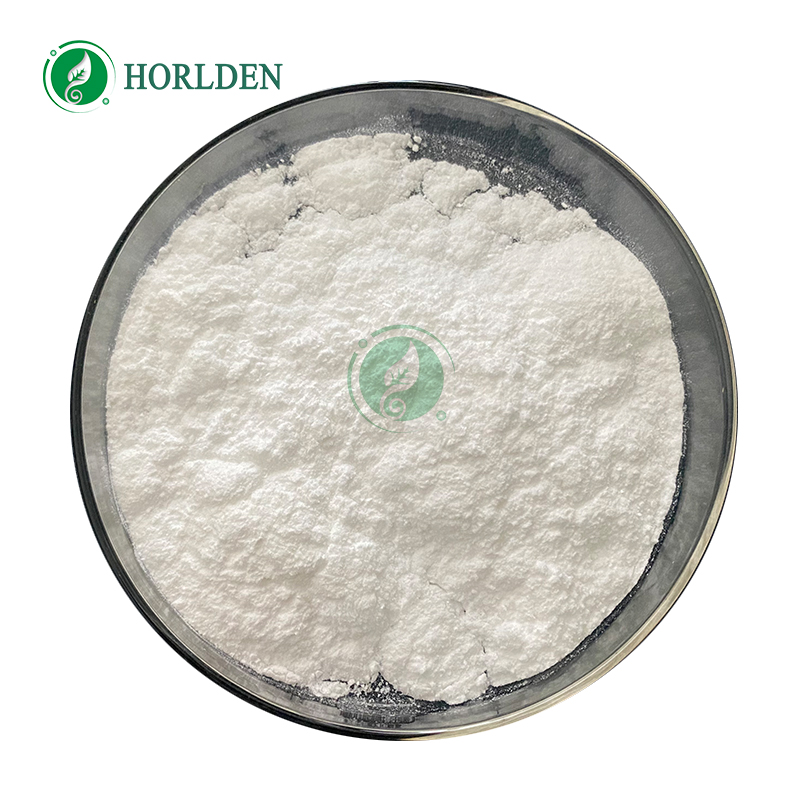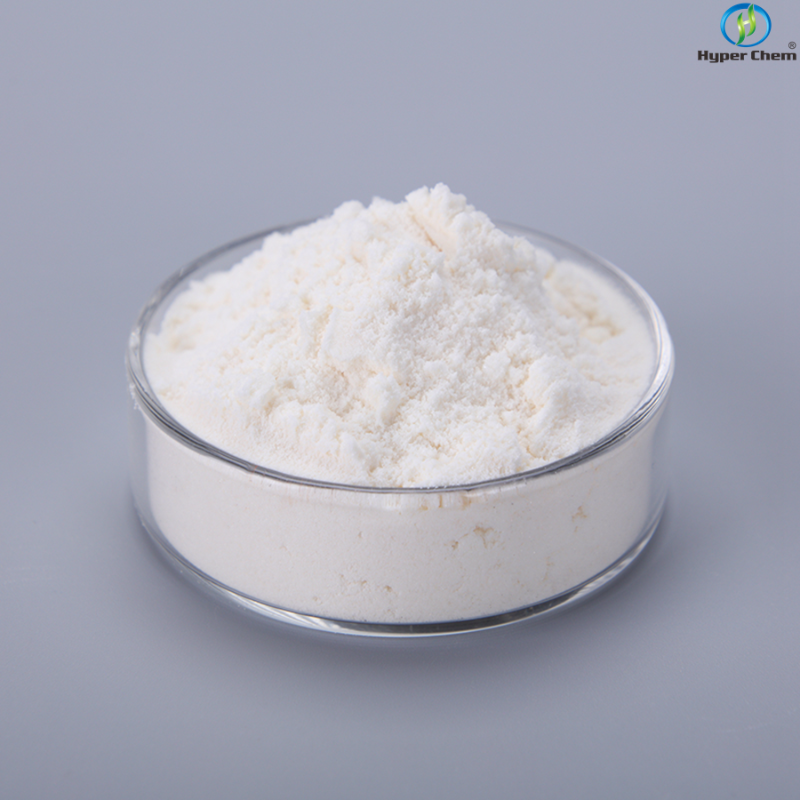-
Categories
-
Pharmaceutical Intermediates
-
Active Pharmaceutical Ingredients
-
Food Additives
- Industrial Coatings
- Agrochemicals
- Dyes and Pigments
- Surfactant
- Flavors and Fragrances
- Chemical Reagents
- Catalyst and Auxiliary
- Natural Products
- Inorganic Chemistry
-
Organic Chemistry
-
Biochemical Engineering
- Analytical Chemistry
-
Cosmetic Ingredient
- Water Treatment Chemical
-
Pharmaceutical Intermediates
Promotion
ECHEMI Mall
Wholesale
Weekly Price
Exhibition
News
-
Trade Service
N-[4-[(3-Chloro-4-fluorophenyl)amino]-7-[[(3S)-tetrahydro-3-furanyl]oxy]-6-quinazolinyl]-4-(dimethylamino)-2-butenamide, also known as Compound X, is an interesting synthetic molecule with potential applications in the chemical industry.
The synthesis of Compound X involves several synthetic steps, each of which presents its own challenges and requires specific expertise and equipment.
The synthetic route typically starts with the synthesis of a substituted aniline, which is then transformed into a substituted quinazoline through a series of chemical reactions.
This intermediate is then coupled with another synthetic intermediate to produce the final product, N-[4-[(3-Chloro-4-fluorophenyl)amino]-7-[[(3S)-tetrahydro-3-furanyl]oxy]-6-quinazolinyl]-4-(dimethylamino)-2-butenamide.
One of the key challenges in the synthesis of Compound X is the preparation of the substituted aniline intermediate.
This intermediate is typically synthesized through electrophilic substitution reactions, which require careful control of the reaction conditions to ensure the desired product is obtained.
The use of protecting groups and substitution reagents is also important in this step to ensure the desired substitution is achieved.
Once the substituted aniline intermediate is synthesized, it can be transformed into a substituted quinazoline through a variety of chemical reactions.
One common method involves the coupling of the aniline with a halogenated derivative of aniline, which is then transformed into an N-halogenated quinazoline through a series of chemical reactions.
This intermediate can then be further transformed into the final product through a series of chemical reactions, including the addition of a substituted amine and dimethylformamide, followed by hydrolysis to remove the N-halogenated group.
The synthesis of Compound X also involves the use of several reagents and catalysts, which must be carefully selected to ensure the desired product is obtained.
For example, the use of specific catalysts can help to accelerate certain reactions and optimize the yield of the final product.
Overall, the synthesis of Compound X is a challenging process that requires careful control of the reaction conditions and the use of specialized reagents and catalysts.
However, the final product has potential applications in the chemical industry, and the development of new and more efficient synthetic routes will continue to be an important area of research and development in the field.







